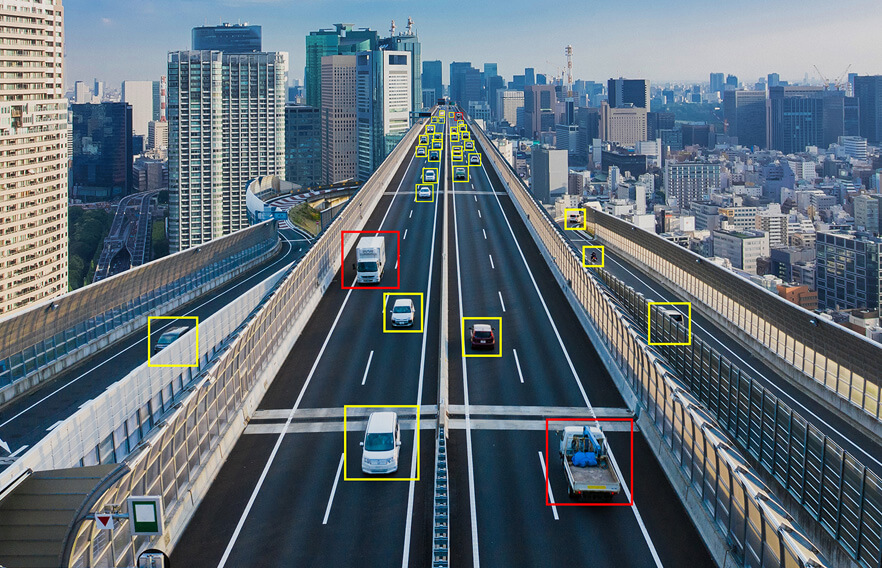The transportation industry ensures the efficient and safe transportation of people and goods from one place to another. The growth of technology, such as traffic sensors, electronic access, mobility management, and monitoring display systems in transportation is powering analytics in this industry. According to Markets and Markets, Transportation Analytics is set for fast and steady growth and is expected to reach $27.4 billion globally by2024.
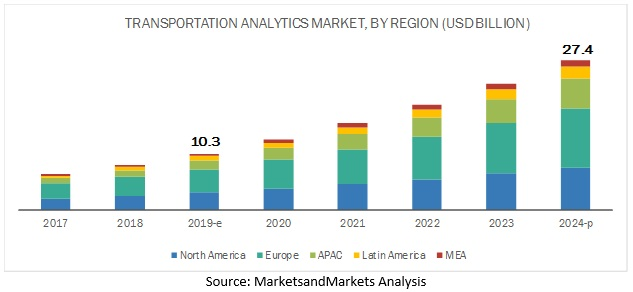
In recent times, many cities have adapted multi-modal transportation, which ensures flawless travel between different transportation modes, including buses, cycles, trains, airports, and even personal vehicles.
A multi-modal transportation system requires systematic data collection, as technological advancements lead to many different data sources like camera, GPS, and geo-location. Analysis of the transportation industry will have to consider this diverse data ecosystem. This unmatched amount of data can help players in the transportation industry use advanced analytical techniques like predictive analytics to enhance functioning, reduce costs, and better serve travellers.
Role of Predictive Analytics in the Transportation Industry
Transport agencies worldwide believe that obtaining insights from live data can help them find the best substitute to get from one destination to the other. With predictive analytics, agencies can answer the question of “What’s the best possible result?” instead of using prior history information.
- Transport agencies can also get insights into how metro line closures, unprecedented events such as a labour strike or transit maintenance projects can affect public transport.
- Transport agencies can spot and foresee the occurrences of traffic, accidents, or vehicle breakdown and suggest efficient responses.
- Predictive analytics can figure out the impact of various development projects and help identify an alternative project without obstructing mobility.
Implementation of Multimodal Transport Segment-wise Analysis
With the growth of multi-modal transport, the need for segment-wise analysis is essential. The primary modes of transportation include roadways, railways, waterways, and airways.
Let us explore the implementation of analysis in each segment:
Roadways
Using analytics for one of the most used modes of transportation, roadways, has several benefits:
Road Safety Management
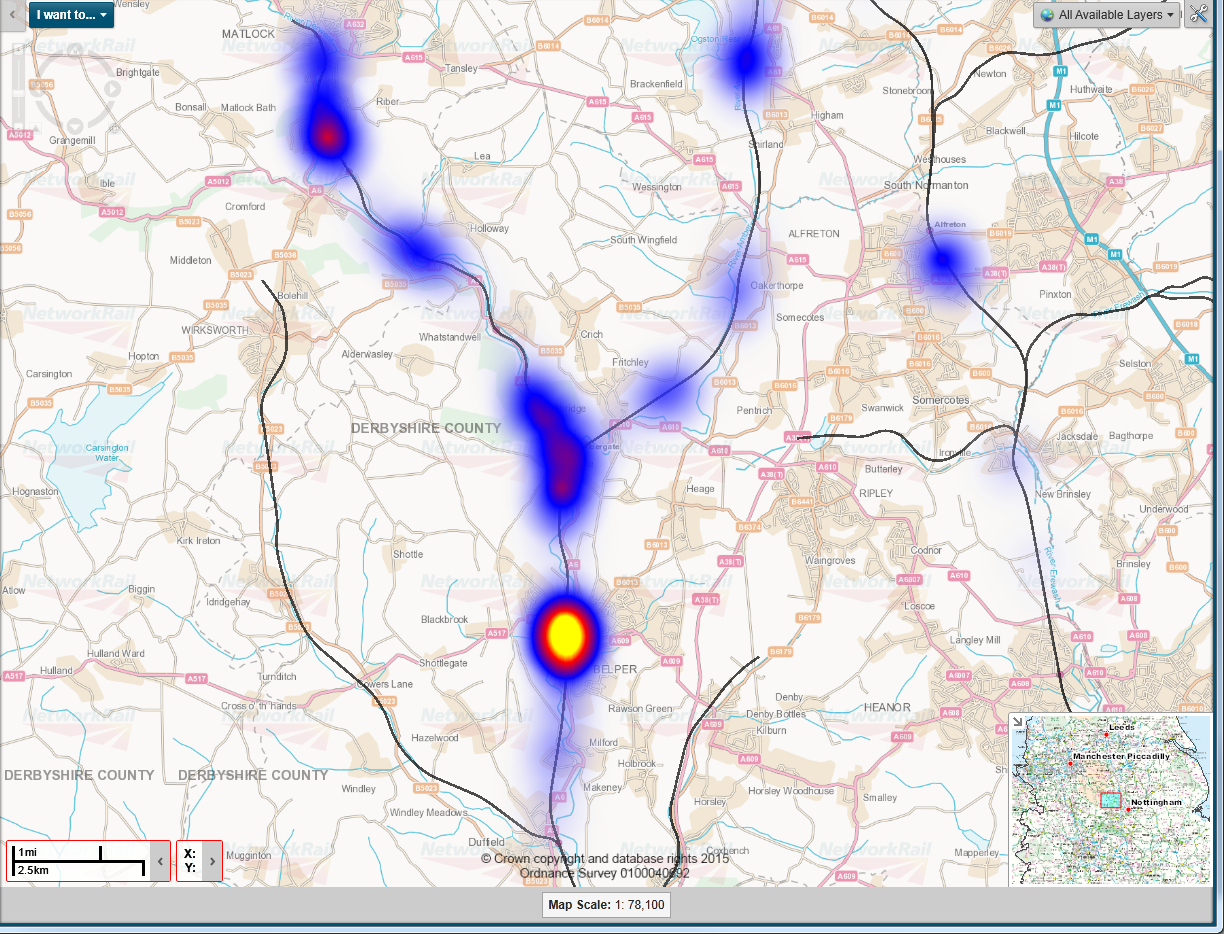
Advanced data can be used to analyze where, why, and when accidents happen. With this data, they can create Prognostication Crash Maps (shown in the image) that analyze data to shortlist high-risk areas. These maps can help issue warnings to be extra careful at these locations and help authorities take precautionary measurements.
Road Traffic Management
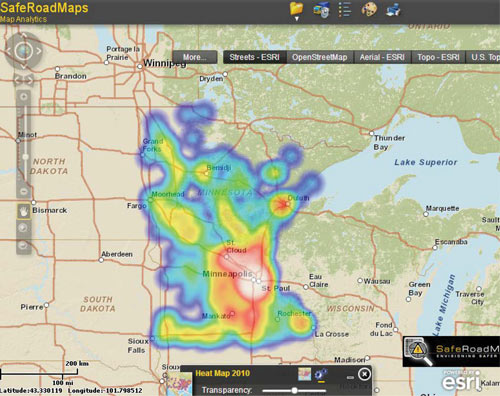
Keeping a record of automobiles‘ moving patterns, velocity, and lane changing behaviour can help us understand how different road designs can influence driving. The insights are useful for smarter traffic control and identifying congestion in the road layout when planning future infrastructural developments. The graph depicts the same.
Railways
Rail Traffic Management

There is a whole range of possibilities that railways can explore in big data analytics. Applications in the railway industry include booking, improving security, automatic scheduling and planning, network enhancement and ticket management. The existing data from the passenger operating control, reservation system, CCTV, and maintenance depots can be used to our advantage to yield business benefits in the above areas. Real-time train information system (RTIS), the Nation Train Enquiry System (NTES), and the control office application (COA) are some examples where data analytics is used.
Airways
Air Traffic Management
Long queues are a top annoyance of air travellers. However, by accessing data of those travellers coming through the facility, advanced analytics can help airport workers easily visualize the busiest periods for their security checkpoints. Over time, machine learning-powered by AI can generate predictive models that can allow the airport to strategize better and allocate resources.
Waterways
Ship Monitoring and Route Optimization
Ship monitoring is one of the most critical factors for seamless planning and execution. Various tools such as vessel’s sensors, weather station reports, and satellite reports will increase ships’ efficiency. The entire data array can be processed through machine learning, and the following questions can be answered using the same:
• When does the hull need cleaning to save fuel?
• When should the ship equipment be changed?
• Which is the best route in terms of weather, safety, and which route is fuel sustainable?
Analytics in Regular Day-to-day Transportation
Ease Traffic Congestion:
Agencies can help ease traffic congestion by using a high occupancy toll (HOT) with real-time analytics. Based on the traffic, they can dynamically adjust prices and open HOT lanes at a much higher cost, reducing traffic.
Increased efficiency is finding Parking Slots:
In major cities, people who are trying to find parking slots cause 15%-30% of traffic. New technologies like cameras, sensors, and geo-tracking and analytics can help drivers find parking spots.
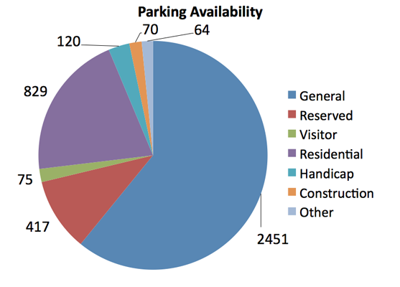
Analytics can help the transportation industry, especially the multi-modal transportation system, to be sustainable and efficient. However, with rapid advancements in technology and data flowing in and out, various factors such as privacy, regulations, and confidentiality must be taken care of to use data 100% effectively to provide fruitful analysis.


